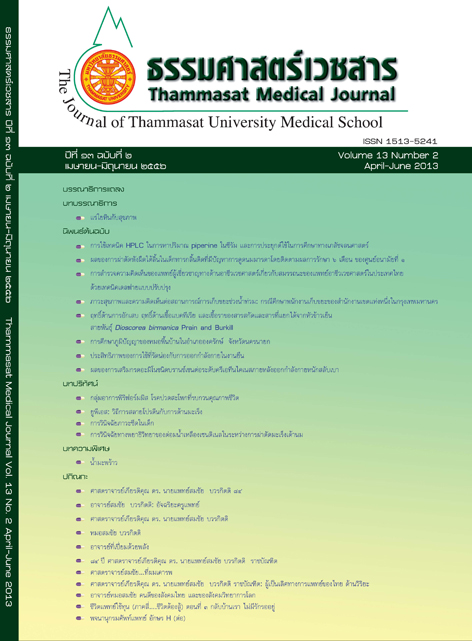Piriformis syndrome: Does it bother your daily life?
Keywords:
Piriformis syndrome, Piriformis muscle, Sciatic nerve, Buttock painAbstract
Piriformis syndrome (PS) defined as sciatica caused by the compression of the sciatic nerve by the piriformismuscle (PM). Typical symptoms of PS are external tenderness over the greater sciatic notch, sciatic pain limited tothe buttock with radiation down to the leg, with no sensory deficits. Except in the more chronic presentations wheresecondary disuse atrophy may be presented. PS has frequently been described as being exacerbated by prolonged sittingand walking. The investigators described six key features of the PS: a history of trauma or direct fall to the buttock;difficulty walking; worsening with squatting or lifting; a sausage-like mass within the muscle; positive straight leg raisingtest (SLR test) and gluteal atrophy. The PS affects the quality of everyday life. Chronic pain and muscle fatigue resultin more incidences of sick leave and higher cost of treatment. The piriformis syndrome is frequently misdiagnosedfor more common conditions. The diagnosis is largely clinical and is one of exclusion. Spinal stenosis, lumbar musclestrain, facet arthropathy and herniated nucleus pulposus (HNP) must be ruled out. This review will mainly focus on thespecific physical factors relevant to the piriformis syndrome when evaluating a possible causal relationship to thepiriformis muscle and the sciatic nerve.
Key words: Piriformis syndrome, Piriformis muscle, Sciatic nerve, Buttock pain


